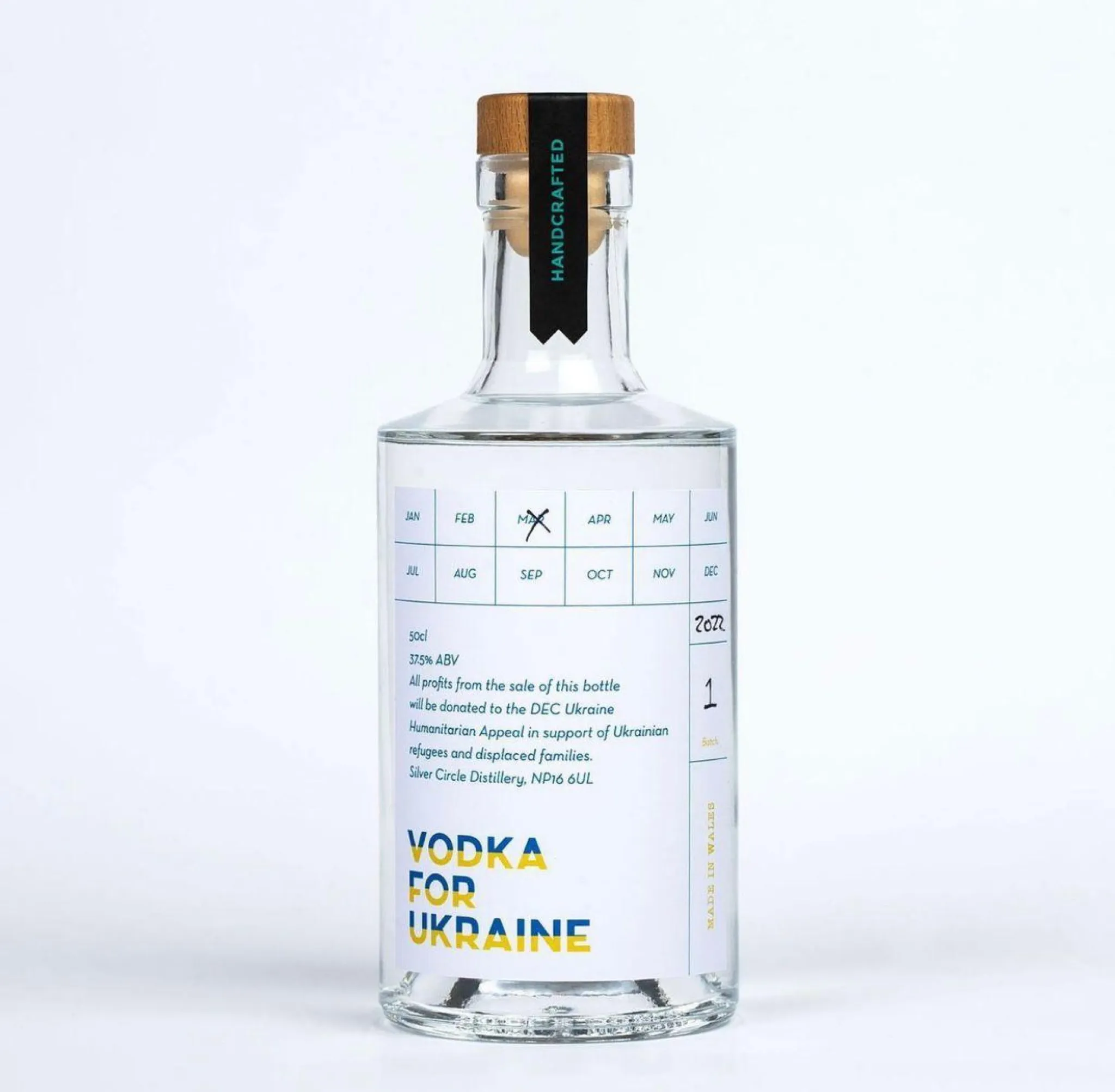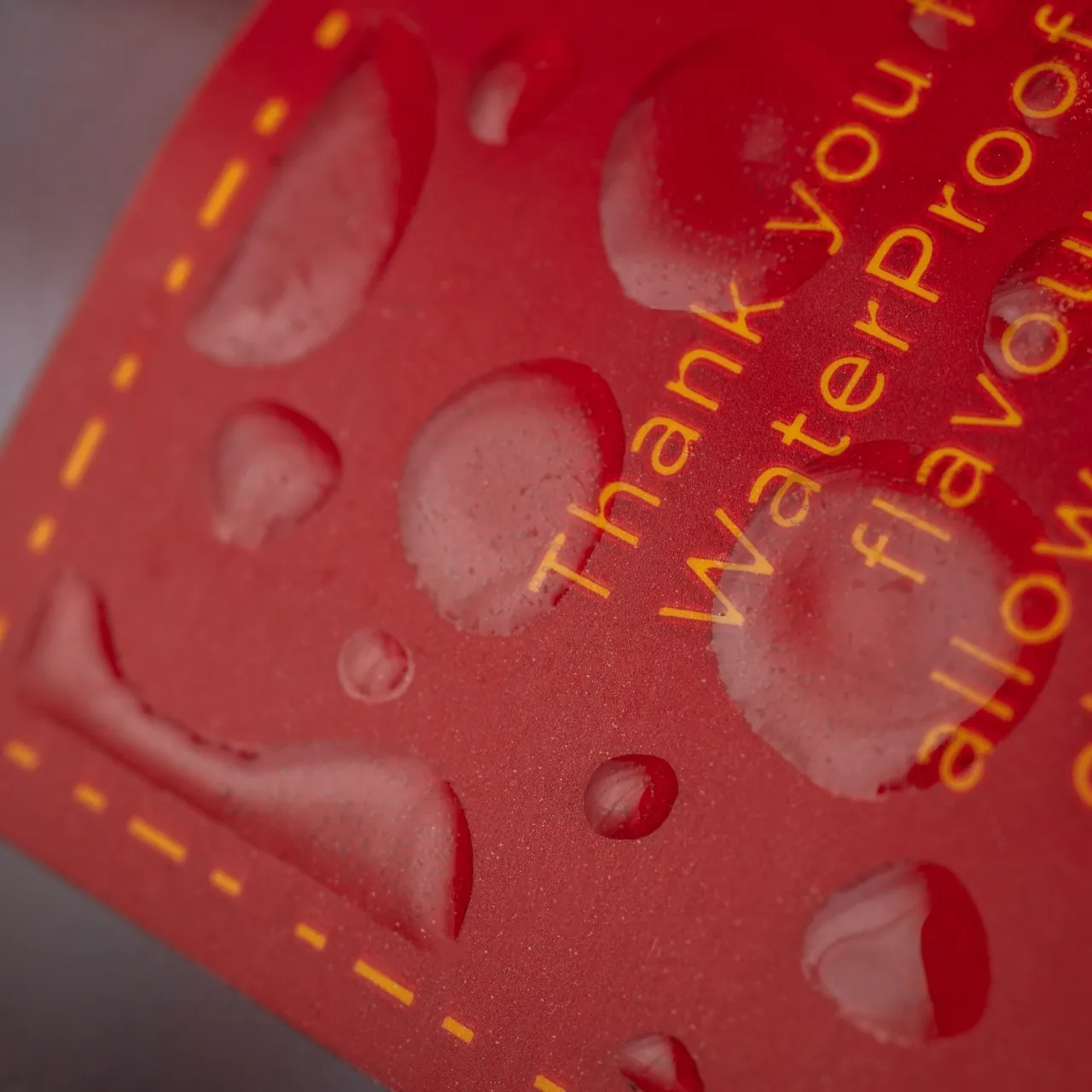Blog
The 7 Step Guide to Checking Your Spirits Labels is Legal
A helpful guide to making sure that your spirits labels are accurate and legal
Launching a new brand of spirit drink is an exciting time. Getting the flavours just right, picking a target market, agreeing the brand scope, setting up websites and marketing collateral. Not to forget ordering the bottles and the labels. So much to do and so little time to do it. Our 7 Step plan will make sure that there are no last minute hiccups with those all important legal requirements.

- Get the Name of the Spirit Right - This is the classification of the spirit, not your brand name. So if it is a Rum then it will need to be clearly stated on the label. There are 47 possible classifications of spirit in the UK and 44 in Northern Ireland. You can find out more about this here UK GOV guidance on spirit labelling
- The Brand Name - There are 12 rules that apply to getting the name of your brand right. They include misleading information about the content, or the alcoholic strength. Any reference to antisocial behaviour, illicit drugs, sexual prowess, an individuals popularity, irresponsible or rapid drinking or being generally offensive is not allowed. Also to be considered is that the brand must not appeal to under 18's and not reference under 25's, and last but not least, claim any therapeutic qualities. More information can be found here Portman Group Rules
- The Name and Address of the Manufacturer or Importer - Self evident really but it must be there and accurate.
- The ABV - If the alcoholic content is greater than 1.2%, then it should be stated clearly on the packaging, be rounded to no more than 1 decimal place and should be followed by the % sign. It can be preceeded by the words Alc or Alcohol. The minimum font size for this information is related to the size of the container. Under 20cl the minimum type height is 2mm, 20cl to 100cl, 3mm and over 100cl thetype height must be at least 5mm.
- The Unit Content - The number of units should be shown for the whole container even where the container is a multiple serve. It is calculated by multiplying the volume of the container by the ABV and dividing by 1000. It is also encouraged that it is shown as a serving, where the serving is shown.
- Allergens - It is absolutely imperative that you accurately list your allergens. The current list of 14 is celery, cereals containing gluten (such as wheat, barley and oats), crustaceans (such as prawns, crabs and lobsters), eggs, fish, lupin, milk, molluscs (such as mussels and oysters), mustard, peanuts, sesame, soybeans, sulphur dioxide and sulphites (if the sulphur dioxide and sulphites are at a concentration of more than ten parts per million) and tree nuts (such as almonds, hazelnuts, walnuts, brazil nuts, cashews, pecans, pistachios and macadamia nuts).
- Positioning - Make sure that your legal information is easily readable at all times. This will mean that it is attached to the container and cannot be thrown away separately. It will need to be prominent, the consumer must be able to read it. This is not just font size but also colour contrast, and clearly defined and not hidden in amongst other imagery.
